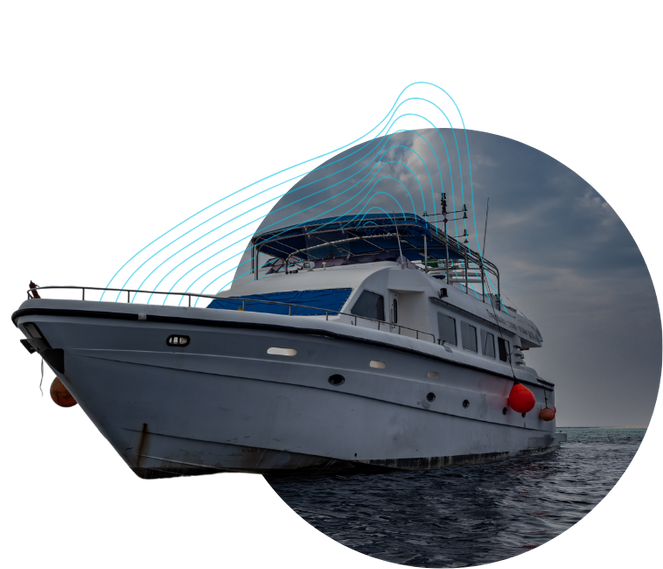
Red Sea Coral Reefs

Tourism
Coral reefs are major tourist attractions, generating revenue through recreational activities such as diving and snorkeling.

Food and Fishing
Coral reefs support fisheries by providing breeding grounds and habitat for commercially important fish species.

Coastal Protection
Coral reefs act as natural barriers protecting coastlines from erosion and storm damage.

Medicine
Coral reefs harbor a rich repository of genetic diversity, offering substantial potential for biomedical applications. This opens vast opportunities for the discovery of bioactive compounds and novel pharmaceuticals which could hold the key to treating a myriad of diseases, including cancer and bacterial infections.
The Red Sea is home to the world's second longest coral reef system after the Great Barrier Reef, with the Red Sea reefs stretching over 2,000 kilometers. The Kingdom of Saudi Arabia, with its coastline spanning approximately 1,760 kilometers, boasts the longest coastline among the Red Sea countries, featuring long fringing reef systems and other atoll-like formations.
Red Sea coral reefs thrive in a unique and captivating marine environment characterized by a strong latitudinal gradient of temperature, salinity, and nutrients. Notably, Red Sea coral reefs are naturally exposed to warmer and more saline waters than other reefs globally. These distinct characteristics, coupled with the geographic isolation from the Indian Ocean (connected only by the narrow Strait of Bab al Mandab), contribute to the region's high levels of endemism (i.e., species that occur only in a particular location). In fact, the Red Sea coral reefs are globally known as biodiversity hotspots, harboring a rich array of marine life that includes over 300 coral species and 1000 fish species - many of which are found only in the Red Sea.
346
Hard corals species
5.8%endemic
1701
Shallow Fish species
2.9%endemic
211
Echinoderm species
8.1%endemic
231
Crustacean species
10%endemic
137
Mollusks species
6.6%endemic

